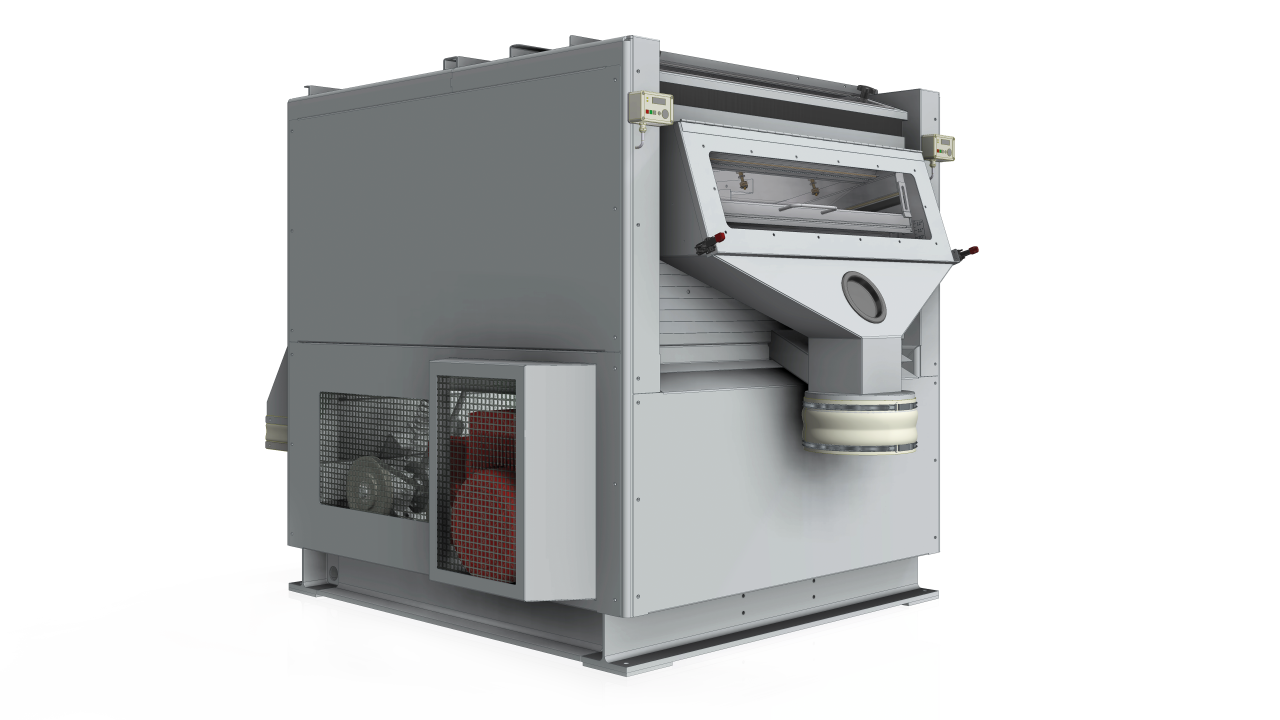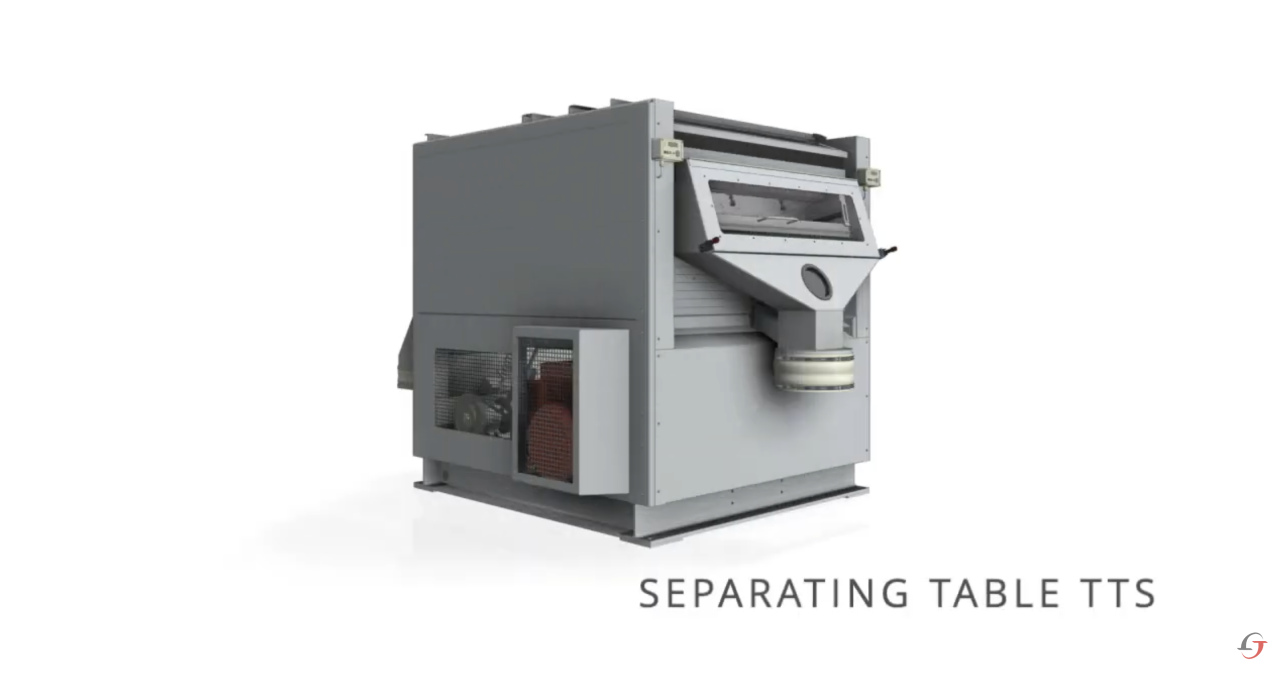Every German produced around 457 kilos of household waste in 2019. The total volume of waste generated in Germany in 2018 was over 417 million tonnes (source: destatis). Waste disposal companies and the circular economy are working on concepts and technologies to optimise the recycling of these quantities. In terms of a waste cascade, the best waste would of course be that which is not produced in the first place. Waste avoidance is therefore the top priority. This is followed by reuse and recycling. In fourth place is, for example, energy recovery in waste incineration plants. And the last solution is disposal, although this is more a matter of letting it disappear into landfill sites. The landfilling of untreated waste has been banned since 2005.

TTS - SEPARATION OF NON-FERROUS METALS
No rubbish is good rubbish
Burn, baby, burn: energy recovery in waste incineration plants
To a certain extent, waste incineration plants still contribute material for recycling after energy recovery, i.e. the incineration of household waste, for example. Valuable metals are found in the residues, the slag or ash. Recovering these is a worthwhile endeavour given today's raw material prices for copper, brass & Co. In addition to iron, non-ferrous metals (NEM) such as non-ferrous metals (copper, zinc, lead, brass) as well as stainless steel and light metals such as aluminium can be found in slag from waste incineration plants. The 68 German waste incineration plants use their capacity of over 20 million tonnes per year. Around a quarter of the input remains as raw slag, which contains 7 to 10 % metals.
Slag as a base
What happens to bottom ash from waste incineration plants? Firstly, for the above-mentioned reason, it should be ensured that everything of value is recovered from the bottom ash in a truly efficient manner. To do this, the bottom ash is crushed, screened and separated For optimum classification of non-precious metal bottom ash, we recommend plants from TRENNSO-TECHNIK®. Non-precious metal slag enters the sorting process as dry bulk material. Leftover residual slag is used in road construction, for example, as a substitute construction material. Slag can also be found as a substitute construction material in the substructure of buildings;

By playing the video, you consent to the Google Privacy Policy Show more
We would like to point out that after being activated (consent according to Art. 49 Para. 1 P. 1 lit. a GDPR), data will be transferred to YouTube/Google ( Google Privacy Policy ) in the USA. The USA is considered by the European Court of Justice to be a country with a level of data protection that is inadequate by EU standards. If you do not use YouTube, the transfer described above will not take place.
Close overlayGold mining 2.0: Sieving and separating NEM slag
It's a bit like digging for gold when our systems, configured primarily from screening technology and density sorting technology, are used to separate non-precious metal slag. However, there is no need to hope that you will strike gold here. The success is obvious, or rather the screen and separating table. The non-precious metal slag was separated from the remaining slag in advance using a non-precious metal separator.
The first stage in the classification of non-precious metal slag is our Screening machine SIK. This screening machine from TRENNSO-TECHNIK® screens non-precious metal slag from 0 to 25 mm grain size, for example. Classification takes place in stages on TTS separating tables from TRENNSO-TECHNIK®, e.g. from 4-8 mm, 2-4 mm and 0-2 mm as shown in the video. Non-ferrous metal and light metal now go their separate ways. Additional magnets can be integrated into the system to sort out any FE parts (iron) that are still present.
By its very nature, the processing of slag (ash) is a dusty affair. Therefore, the entire process takes place under controlled extraction.
The environment thanks you: recovery of non-precious metals
There are several good reasons for recovering non-ferrous metals from household waste and the resulting slag. In addition to the effective value of the recovered metals, the main reason is to conserve resources. The increased use of recycled non-ferrous metals directly protects the environment, as the corresponding primary production of these metals is no longer necessary. TRENNSO-TECHNIK® has firmly anchored an efficient focus on sustainability in its values. This is exactly what comes into play here. Every plant and machine from TRENNSO-TECHNIK® plays its part in conserving resources and therefore our environment. All the more so as our systems work with dry separation processes and processes do not use water as a medium.
Questions about sorting technology? Call TRENNSO-TECHNIK®!
If you have any questions about sorting technology such as our screening technology or density sorting technology, we will be happy to inform you about our machine portfolio. Special feasibility enquiries can be carried out in real life through tests in the technical centre of TRENNSO-TECHNIK® in Weißenhorn. Our trained team in the technical centre will be happy to assist you by prior appointment.
We look forward to receiving your enquiry: Tel. +49 730996200 or an email info@tst.de